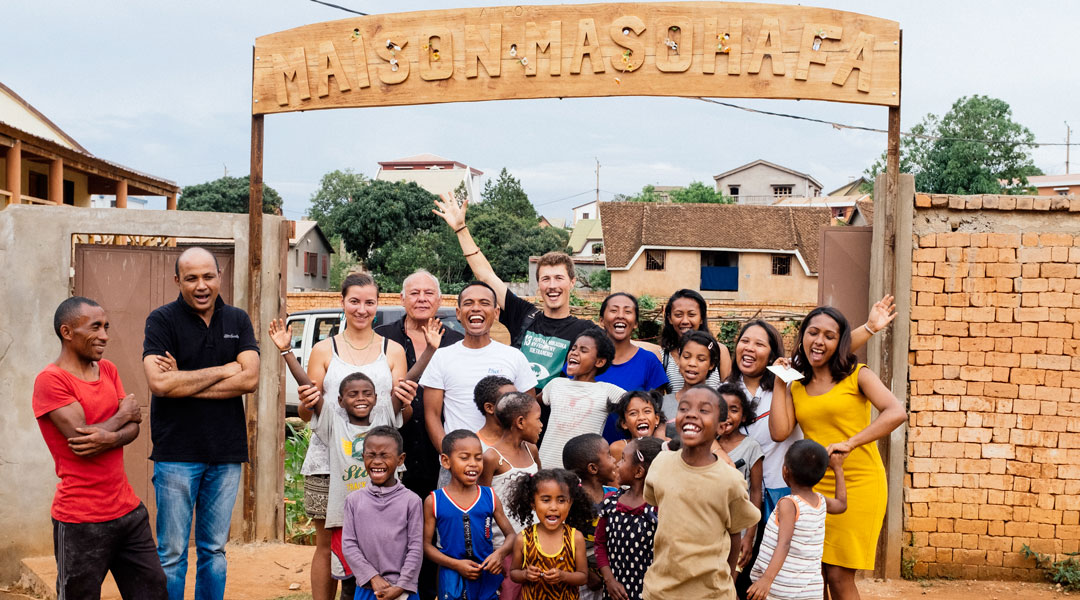The Cultural Significance Of Ampitatafika Festivals
Share

The Ampitatafika festival is a vibrant celebration deeply rooted in the cultural fabric of Madagascar. This annual event, celebrated primarily by the Merina people, showcases a rich tapestry of traditions, music, dance, and community spirit. Understanding the significance of this festival offers a glimpse into the heart of Malagasy culture and the values that bind its people together.
Historical Context of the Ampitatafika Festival
The origins of the Ampitatafika festival can be traced back to the 19th century when it was established as a means to honor ancestors and celebrate the harvest. The festival takes place in the highlands of Madagascar, particularly in the region of Antananarivo, during the month of September. This timing aligns with the end of the agricultural season, making it a perfect occasion for communities to come together and express gratitude for the bountiful harvest.
The festival is not merely a celebration of agricultural success; it also serves as a reminder of the importance of ancestral ties. The Merina people believe that honoring their ancestors is crucial for maintaining harmony and balance in their lives. The rituals performed during the festival are steeped in symbolism, reflecting the deep respect the Malagasy have for their heritage.
Key Activities During the Festival

The Ampitatafika festival is a sensory feast, filled with vibrant colors, sounds, and flavors. Key activities include:
Traditional Music and Dance
Music and dance are central to the Ampitatafika festival. Traditional Malagasy instruments, such as the valiha (a bamboo tube zither) and the marovany (a box zither), fill the air with enchanting melodies. Dancers, adorned in colorful costumes, perform traditional dances that tell stories of their ancestors, celebrating their history and cultural identity.
Culinary Delights
Food plays a significant role in the festival. Families prepare traditional dishes, often featuring rice, zebu (a type of cattle), and various local vegetables. Sharing meals is a way to strengthen community bonds, and visitors are often welcomed to partake in the feasts.
Ancestral Rituals
One of the most poignant aspects of the festival is the ritual honoring ancestors. Families gather to pay homage to their forebears, often visiting ancestral tombs to offer prayers and sacrifices. This act reinforces the connection between the living and the dead, emphasizing the belief that ancestors continue to guide and protect their descendants.
The Role of Community in the Festival
The Ampitatafika festival is a communal event that fosters unity and cooperation among the Merina people. It is a time when families come together, regardless of their differences, to celebrate their shared heritage. The festival encourages collaboration, as community members work together to prepare for the festivities, from cooking to decorating the venue.
This sense of community is vital in Madagascar, where social structures are often based on familial ties. The festival serves as a reminder of the importance of these connections, reinforcing the idea that individuals are part of a larger whole.
Best Time to Experience the Festival
The Ampitatafika festival typically occurs in September, coinciding with the end of the agricultural season. The weather during this time is generally mild, with temperatures ranging from 15°C to 25°C (59°F to 77°F). This pleasant climate makes it an ideal time for outdoor celebrations and gatherings.
If you plan to attend the festival, consider booking your accommodations in advance, as this is a popular time for both locals and tourists. For your convenience, you can find great hotel options here and explore flight options here.
Cultural Significance Beyond the Festival
The Ampitatafika festival is more than just a celebration; it is a vital expression of Malagasy identity. It reinforces cultural values such as respect for ancestors, community solidarity, and gratitude for nature's bounty. The festival also serves as a platform for passing down traditions to younger generations, ensuring that the rich heritage of Madagascar is preserved.
In recent years, the festival has attracted international attention, drawing visitors from around the world who seek to experience the unique culture of Madagascar. This influx of tourists has led to increased awareness of the festival's significance, promoting cultural exchange and understanding.
Conclusion: A Celebration of Life and Heritage
The Ampitatafika festival is a powerful reminder of the importance of culture, community, and connection to one's roots. As you consider attending this vibrant celebration, think about the stories, traditions, and values that shape the lives of the Merina people. This festival is not just an event; it is a living testament to the resilience and richness of Malagasy culture.
If you’re ready to immerse yourself in this unforgettable experience, make sure to plan your trip accordingly. The Ampitatafika festival awaits, promising a journey filled with joy, connection, and cultural discovery. Don’t miss out on the chance to witness this extraordinary celebration firsthand!




